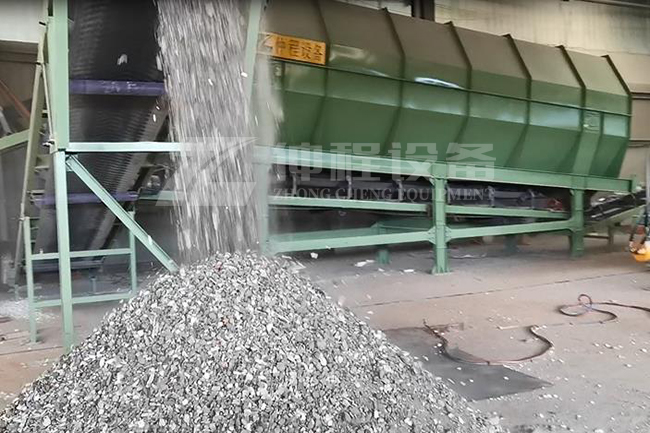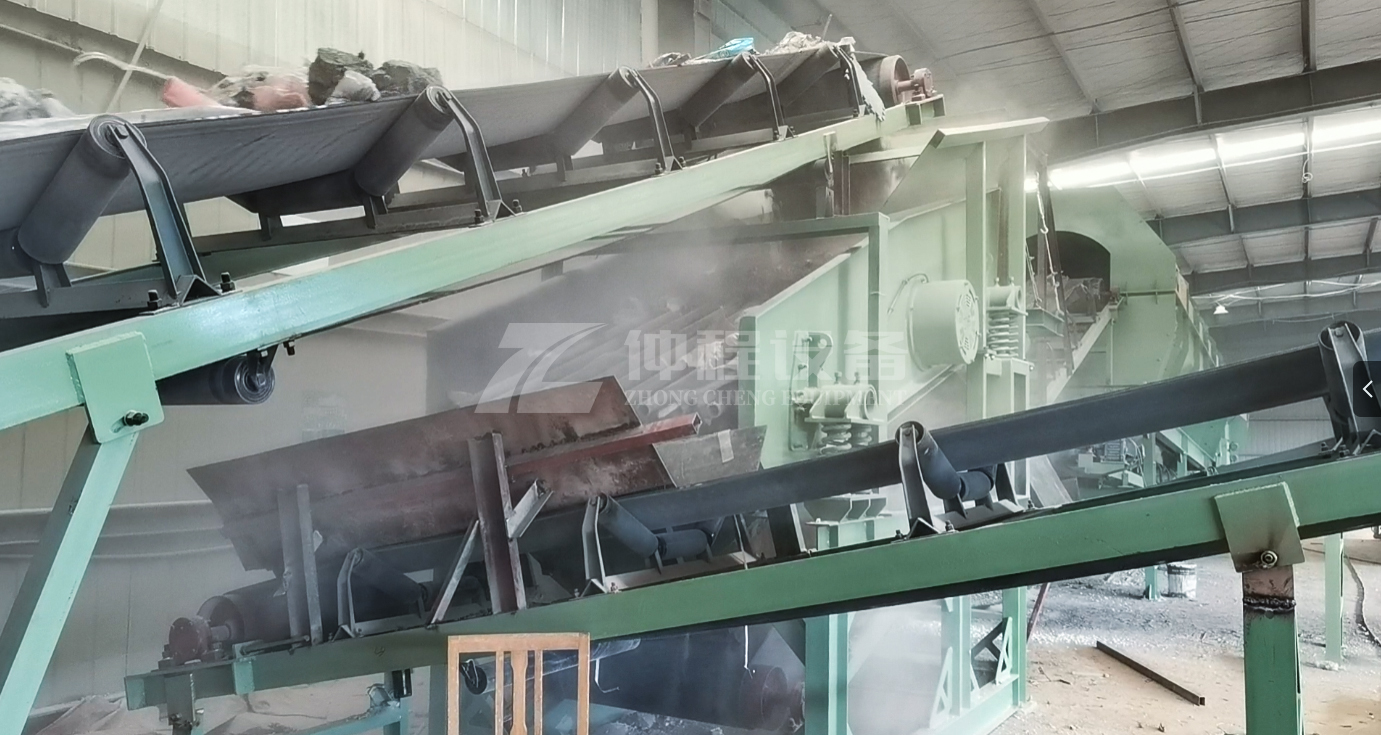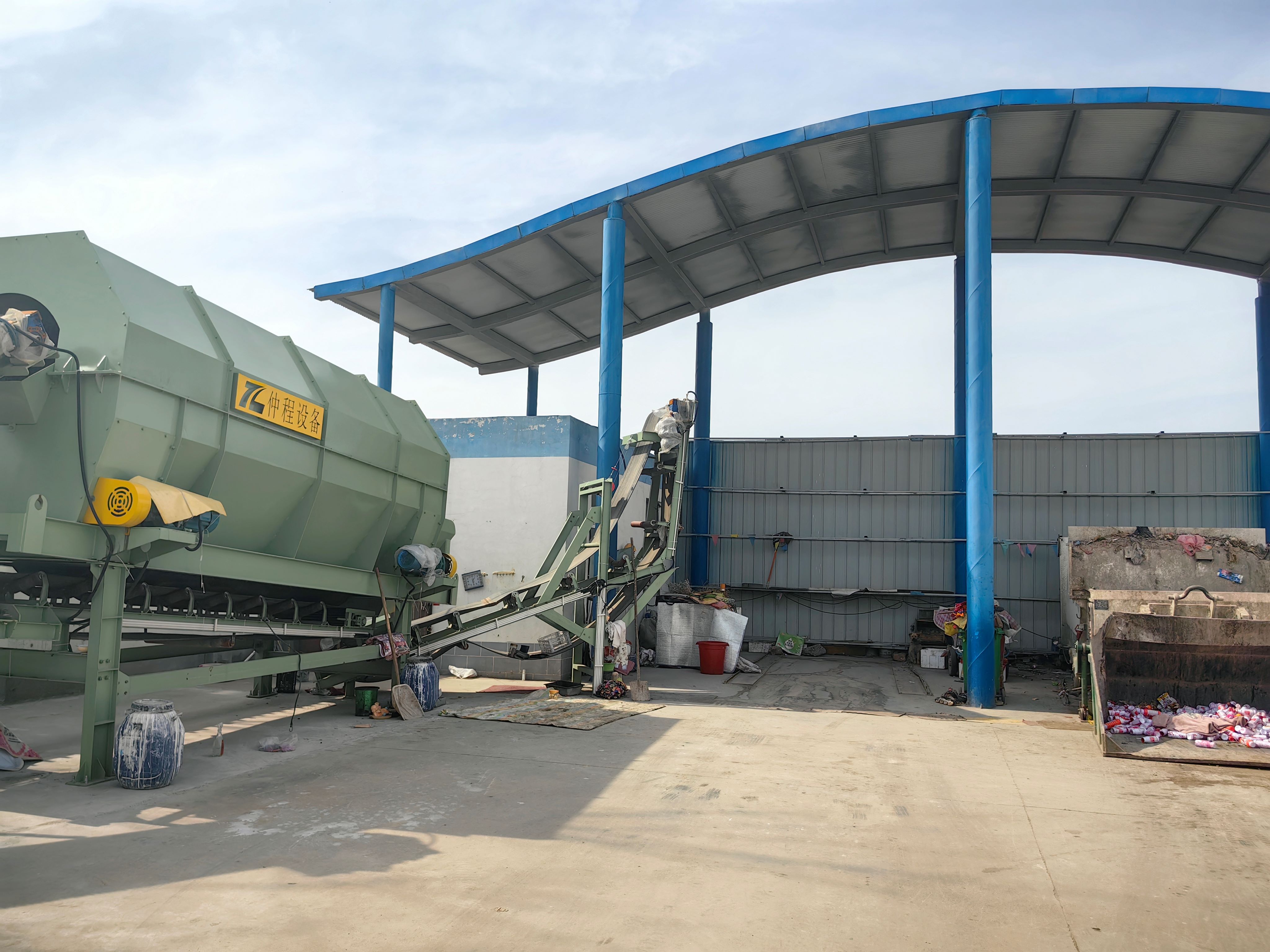Treatment of Municipal Waste by Trommel Screen
Municipal waste management has become increasingly critical as urban populations grow and the volume of waste generated continues to rise. Effective waste management not only protects the environment but also ensures the health and well-being of communities. Among the various technologies used for treating municipal waste, the trommel screen stands out as a versatile and efficient tool. This article explores the role of trommel screens in municipal waste treatment, discussing their operation, advantages, and applications in waste management processes.
What is a Trommel Screen?
A trommel screen is a rotating cylindrical sieve or drum that separates materials based on their size. The drum is inclined and has a perforated surface that allows smaller particles to pass through while larger particles are retained and moved to the end of the drum. The separation process is primarily based on particle size and can be adjusted by varying the mesh size of the screen or altering the speed and angle of the drum.

Operation of Trommel Screens
The operation of a trommel screen is relatively straightforward, making it an ideal choice for municipal waste treatment. Waste is fed into the rotating drum, where the tumbling action and perforations in the drum help separate different fractions of the waste stream. Smaller particles such as soil, sand, and organic matter pass through the screen and are collected below the drum, while larger items such as plastic bottles, metal cans, and other recyclables are retained within the drum and are discharged at the end.
Trommel screens are typically designed to handle a wide range of materials, including mixed municipal waste, construction and demolition debris, and compost. They are particularly effective in separating organic material from inorganic material, which is crucial for further processing steps such as composting or recycling.
Advantages of Trommel Screens in Waste Treatment
1. Versatility
Trommel screens can be used to process a wide variety of waste types, making them a versatile tool in municipal waste treatment. They can handle mixed waste streams, construction debris, and even compost, which means they can be integrated into various stages of waste management.
2. Efficiency
The rotating action of the drum, combined with the adjustable mesh size, allows for efficient separation of waste materials. This efficiency is crucial for reducing the volume of waste that needs to be sent to landfills, thus extending the life of existing landfill sites and reducing the need for new ones.
3. Cost-Effectiveness
Trommel screens are relatively simple in design and operation, which translates to lower operational and maintenance costs. They require minimal supervision and can operate continuously with little downtime, making them a cost-effective solution for municipalities looking to optimize their waste management processes.
4. Scalability
Trommel screens are available in various sizes, making them suitable for both small-scale and large-scale operations. This scalability ensures that they can be adapted to the specific needs of different municipalities, whether they are handling waste from a small town or a large metropolitan area.
5. Environmental Benefits
By effectively separating recyclable and compostable materials from the waste stream, trommel screens contribute to reducing the environmental impact of waste disposal. They help divert significant amounts of waste from landfills and promote recycling and composting, which are more sustainable waste management practices.

Applications in Municipal Waste Management
Trommel screens play a critical role in various stages of municipal waste management. Their ability to separate different fractions of waste makes them valuable in the following applications:
1. Material Recovery Facilities (MRFs)
In MRFs, trommel screens are used to separate mixed recyclables from other waste materials. The screen's ability to sort materials by size allows for the efficient recovery of recyclable items such as plastics, metals, and paper. These materials can then be further processed and sold to recycling companies, reducing the amount of waste that ends up in landfills.
2. Composting Facilities
Trommel screens are commonly used in composting facilities to separate organic material from inorganic contaminants. The screen helps to ensure that only organic waste, such as food scraps and yard waste, is processed into compost, while non-compostable items are removed from the waste stream. This improves the quality of the compost produced and reduces the risk of contamination.
3. Landfill Operations
Trommel screens can be used in landfill operations to pre-treat waste before it is deposited in the landfill. By separating out recyclable and compostable materials, trommel screens reduce the volume of waste that needs to be buried, thereby extending the life of the landfill and reducing its environmental impact.
4. Construction and Demolition Waste Processing
Construction and demolition waste often contains a mixture of materials, including wood, concrete, metal, and soil. Trommel screens are effective in separating these materials, allowing for the recovery of valuable resources and reducing the amount of waste that needs to be disposed of.

Conclusion
Trommel screens are an indispensable tool in the treatment of municipal waste. Their versatility, efficiency, and cost-effectiveness make them an ideal choice for municipalities looking to improve their waste management processes. By separating different fractions of the waste stream, trommel screens contribute to reducing the environmental impact of waste disposal, promoting recycling and composting, and extending the life of landfill sites. As municipalities continue to seek sustainable solutions for waste management, the role of trommel screens is likely to become even more significant in the future.
-
 Trommel screenTrommel screen, also known as drum screens, are widely used in various industries for sorting and separating materials.Get Quote
Trommel screenTrommel screen, also known as drum screens, are widely used in various industries for sorting and separating materials.Get Quote -
 Crop straw double shaft shreddApplications:Biomass Energy Production: Shredded straw can be used as a feedstock for bioenergy plants to produce electricity or heat.Livestock Feed: Reduced-si...Get Quote
Crop straw double shaft shreddApplications:Biomass Energy Production: Shredded straw can be used as a feedstock for bioenergy plants to produce electricity or heat.Livestock Feed: Reduced-si...Get Quote -
 Zhongcheng Air Drum SeparatorAir drum separators effectively separate lightweight materials (e.g., plastics, paper) from heavier materials (e.g., metals, glass). This high efficiency is cru...Get Quote
Zhongcheng Air Drum SeparatorAir drum separators effectively separate lightweight materials (e.g., plastics, paper) from heavier materials (e.g., metals, glass). This high efficiency is cru...Get Quote
-
2024-06-06Drum Screen For Composting PlantDrum screen, also known as a rotary drum screen or trommel screen, is an essential piece of equipment used in composting plants for the separation of compost ma...
-
2023-01-11Trommel screenTrommel screen, also known as drum screens, are widely used in various industries for sorting and separating materials.
-
2023-01-12Impact CrusherImpact crusher is a type of machine designed to reduce large rocks, ores, and other hard materials into smaller, more manageable pieces. This equipment is widel...
-
2024-08-22Medical waste shredderWorking Principle:Feeding Mechanism: Medical waste is fed into the shredder through a hopper or chute. The feeding mechanism ensures that the waste is introduce...
-
2024-08-20A rubber double shaft shredderExamples of Specific Models:GDB Series Biomass Shredder: Although primarily designed for biomass materials, this model can also be configured to handle various ...



